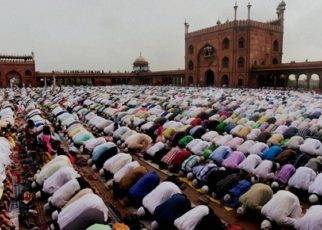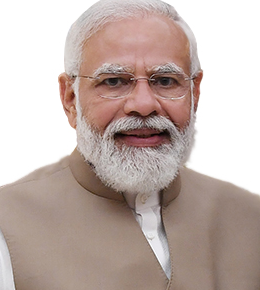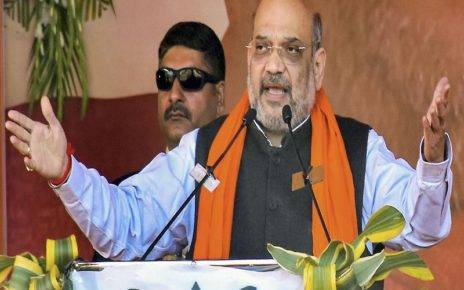Following the death of Prophet Muhammad, Islam rapidly spread across the middle-east and parts of central Asia. Arab soldiers made it to Sindh, India (now in Pakistan) and defeated the local Hindu ruler and installed a Muslim king in his place. For the next three hundred years or so India was spared Muslim invasions, but the influence of Islam continued to grow.
Islamic Trade Routes to India
Since the early part of the 8th century AD, traders had arrived in the coastal regions of western and southern India, including Surat in western Gujarat and the Malabar Coast in Kerala, and settled there. India thus became part of the “Islamic trade routes.” During this period many of the locals came in contact with Islam and its teachings, and a few subsequently converted.
Islamic Invasions
In the 11th century AD, Mahmud of Ghazni, an Afghan overlord carried out a series of barbaric invasions across large parts of northern India. He used Islam to rally his troops against the Hindu “infidels” in India, but his main motive was loot and plunder. He sacked large parts of Delhi, and destroyed the lingam (the phallic symbol of Hindu god Shiva) of the Shiva temple in Somnath. Many of the Hindu temples across India were not spared his iconoclasm and his army is believed to have carried out forced conversions. However, once he left India, many reconverted.
Muslim Empires
India again experienced Islamic invasion when Muhammad Ghori attacked India in the 12th century AD. This time, though, the invaders stayed back and the “Slave” dynasty or the Delhi Sultanate was established. The Delhi Sultanate was a series of dynasties that established Muslim rule over large parts of the Indian sub-continent.
Under Islamic rule, many of India’s temples were destroyed and materials re-used to build mosques-the most famous example is the Quwwat-ul-Islam mosque in Delhi.
Also, Hindus were kept out of the administrative setup and had to pay jizya, a tax levied on non-Muslims.
Yet the Sultans did not actively pursue the conversion of the laity. The massive population of India ensured that wide-spread forced conversions were not possible. Those who did adopt Islam did so voluntarily.
Sufi Mystics
The movement that did play an important role in attracting followers to Islam was Sufism of the 14th century. Sufis were mystics who emphasized devotionalism, instead of strict adherence to doctrine. Sufis acted as “missionaries” who spread the message of Islam in terms that the laity could understand. Sufis in India were also influenced by Hindu culture and incorporated shrine worship which popularized the Sufi movement even more.
Mughal Empire
By the end of the 16th century, the Delhi Sultanate was replaced by another set of Muslim rulers: the Mughals. The Mughals too did not see religious conversion as their main aim; for them establishing hegemony over India and controlling its wealth was more important.
Under the rule of the third Mughal emperor, Akbar the Great, the tone of the administration became secular and a Hindu-Muslim ruling class was created. Akbar also overturned the jizya that the Hindus and other non-Muslims had to pay.
Religious intolerance reared its head under Emperor Aurangzeb, a strict Sunni, who persecuted Hindus and Sikhs. Following his death, the Mughal dynasty entered a period of decline and was finally overthrown by the British in 1858.
While Muslim kings ruled India for around eight centuries, they did not enforce widespread conversions. For the Muslim empires, the stability of their rule was far more important than conversion. Also, while they did rule under Islamic terms, the Muslim rulers left the laity alone. Conversions were thus voluntary.





